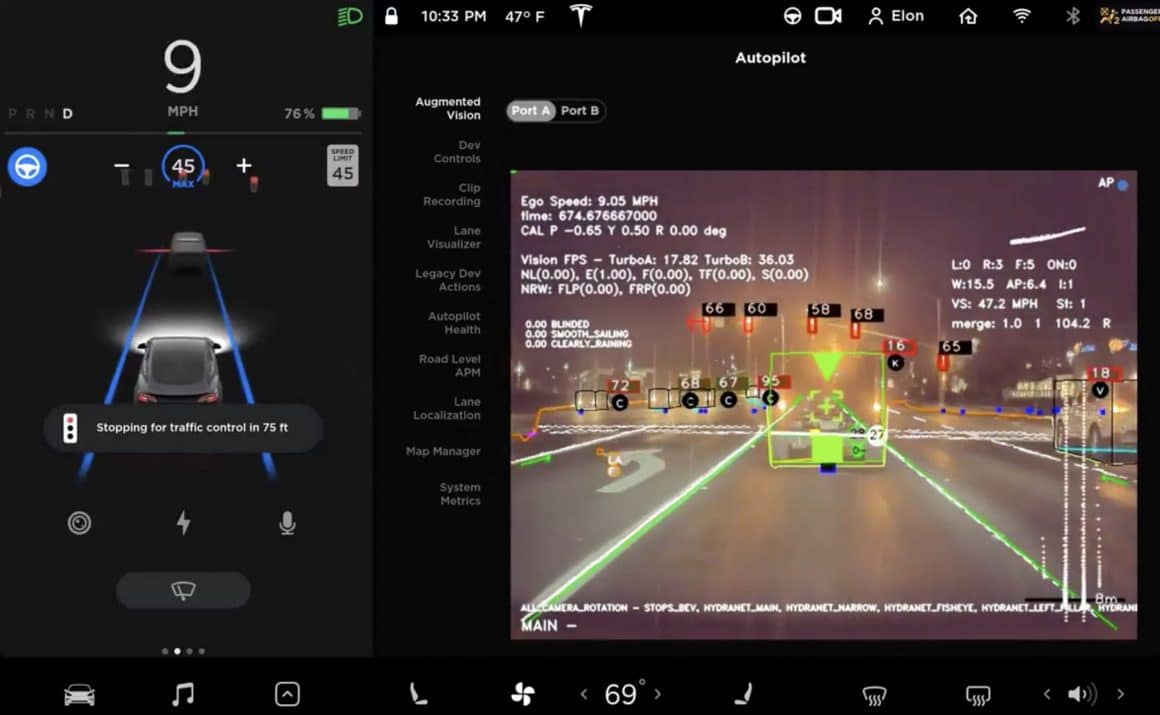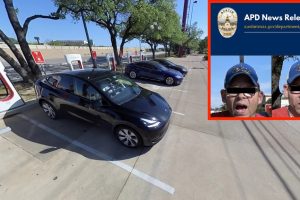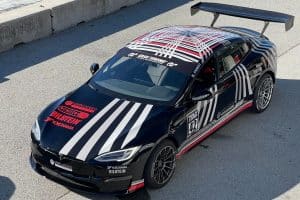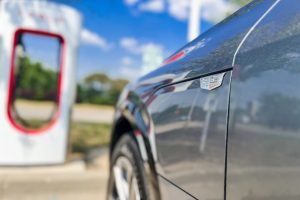Conference calls have become a regular in the lives of many people as COVID-19 continues to spread through parts of the world. Elon Musk claimed in the midst of last year’s pandemic that video conferencing inside a Tesla would “definitely [be] a future feature.” Well, Angel Munoz, owner of Tesla Model S and CEO of Mass Luminosity, decided that the future is now.
“Both my wife and I have Teslas. She drives a Model X and I drive a Model S. I just always thought what an incredible piece of real estate is right in the center there,” he said. “You know, quite frankly, I’m not going to watch movies in my car, not going to play games in my car—and I’m a gamer. Not interested. But I will do a video conference.”
Munoz happens to be the co-creator of Beacon, a video and voice conferencing service built on a browser. He did not initially plan to create Beacon for Tesla, but seemed enticed by the challenge of bringing the service to his car.
For nearly a year, Munoz worked closely with Teodor Atroshenko, Senior VP of Technology at Beacon, to develop Beacon for Tesla. “It didn’t work in the beginning. It didn’t work at all. It took us a while,” he said.
While creating Beacon for Tesla, too, the pair seemed to take a page straight out of Elon Musk’s handbook. They seem to have gone all out, adding Beacon features and specs for Tesla, such as 4K ultra high definition, 3D stereo audio, and the ability to easily switch calls with a click of a button from desktop to phone to Tesla’s infotainment device.
“Teodor and I, we took it as a personal challenge…And we didn’t have to reverse engineer anything,” he explained. “We just had to be aware of how [Tesla] restricts things. And then we created Beacon on the web in a way that it’s immediately accessible by being safe.”
Munoz and Atroshenko made a breakthrough in January 2021 and were able to successfully complete a video conference call in the Model S. Beacon for Tesla utilizes the mics, speakers, and video panel of the vehicle. They were not, however, able to control the in-cabin camera from Tesla.
“So right now the way that we have it is that it syncs between the camera on your phone and the call. But we cannot access the [in-cabin] camera without permission,” Munoz stated.
Beacon is open to partnering with Tesla to give owners like Munoz himself the full power of his video and audio conferencing service. Beacon for Tesla beta has a tentative launch date planned for mid-March 2021.
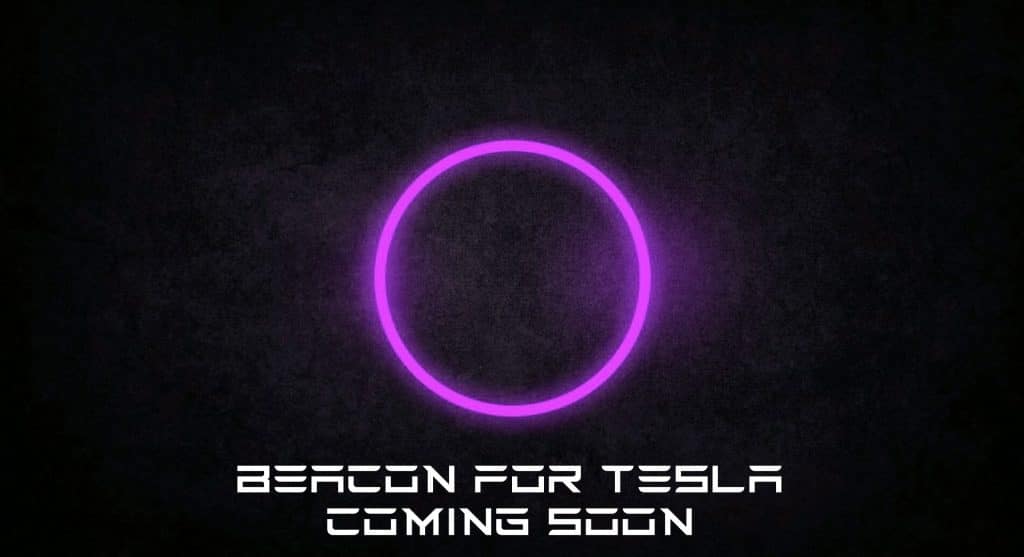
However, when it launches, Tesla owners will still be able to use Beacon in their cars. Munoz clarified that, because it is designed for Chromium browsers, the same engine used for Tesla browsers, Tesla owners won’t have to download an app to use Beacon. So to use the service, users will only have to log-in. He noted that Tesla is now actually saving cookies, so it will be easier to log into accounts.
For Elon Musk, however, Munoz had one suggestion about access to browser information in Teslas. If Munoz had the ability to speak with Musk, he would say:
“Elon, keep that, but make it like you do other things on your Tesla. For example, if you’re going to open the glove compartment…you can make it that it pops a security code that you need to put in or if you want to open your car, you can make a security code. I have both, so do the same for the browser. So, the browser saves that, but before you launch the page, have that security code and then it launches the page. I would love to tell him [Elon] that’s the right way of going about that.”
The Future of Autonomous Vehicles
Tesla has been dubbed as not only the leading EV automaker, but also the leader of autonomous vehicles by owners and some industry experts. As a long-time Tesla Model S owner, Munoz seems to understand the future Elon Musk envisions for Tesla with regards to autonomy and the Robotaxi fleet.
“Think about the possibilities. Imagine this. I have a Model 3, and let’s say that autonomous driving becomes a reality—obviously that’s still kinda up in the air,” he said.
“But let’s say that someone is being picked up in a Model 3, and something happens or something, I can call the car and [contact the passenger].” Munoz described other scenarios where an in-car Tesla video conference call would be useful as well.
His examples showed that some kind of human contact and communication between the car owner and the passenger will still be required for autonomous vehicles. And if there is something the pandemic has taught us, it is that, in the absence of physical presence, conference calls are a good way to connect and interact.
Ready to join Tesla’s Mission to accelerate the world’s transition to sustainable energy? Feel free to use my referral code to get some free Supercharging miles with your purchase: http://ts.la/guanyu3423
You can also get a $100 discount on Tesla Solar with that code.
